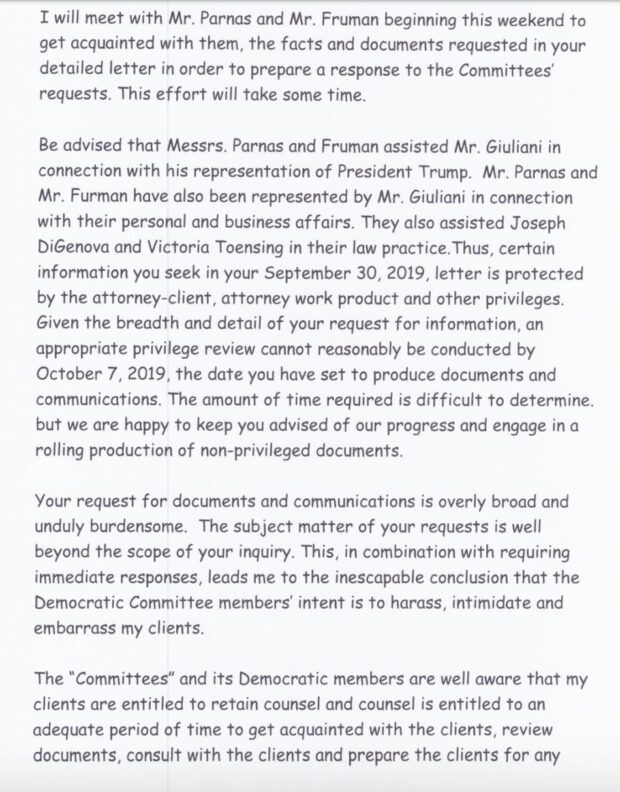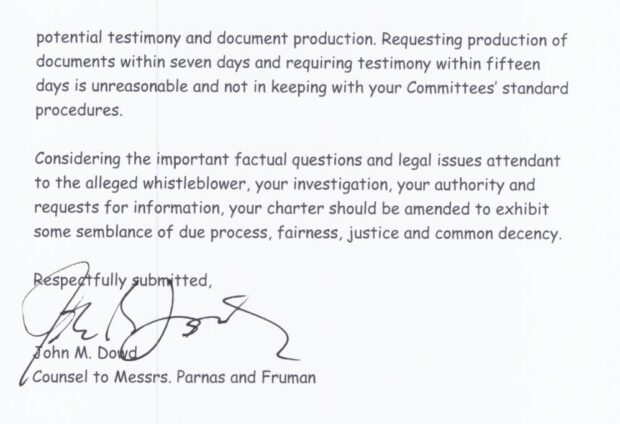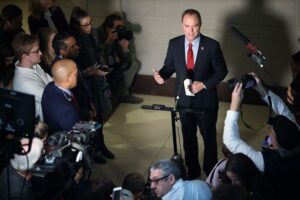
After somehow bringing Charles Schwab, TD Ameritrade and E*Trade to their zero-c knees, the trading app for Millennials who want to actually own things is once again setting its sights on the banking industry:
Robinhood is giving banking another shot.
Ten months after the failed launch of a checking and savings account, the free stock-trading start-up announced a cash management account with a 2.05% interest rate. The APY is more than twenty times higher than the national average for savings accounts, according to Bankrate.com.
In December, Robinhood said it would offer zero-fee checking and savings accounts with a 3% interest rate alongside its brokerage accounts. The move was seen as a shot across the bow of traditional banks. But the product saw swift pushback from regulators who questioned the SIPC insurance it was promising, which is meant for brokerage accounts — not for savings products. A day later, Robinhood said they would re-brand and re-name the product after the “confusion.”
Oh yes, the perils of actually having to reckon with regulation when you’re holding people’s money in a high-yield account. A much different animal than letting them use anonymous platform tech to turn Etheruem into shares of Tilray, isn’t it? But as much as we want to continue mocking Robinhood for essentially being itself, we simply cannot overlook that Robinhood has achieved its goal of fully disrupting the online trading game. By forcing the big boys to get rid of fees, Robinhood has proven that at the very least, it’s not to be ignored.
Which brings us back to the point we made last December about Robinhhood’s original and hamfisted attempt to do saving accounts: It’s an existential threat to Goldman Sachs and Marcus.
Our argument from ten months ago stands but with one major edit. In December 2018, we were unclear about how important Marcus was to the new regime at Goldman. In October 2019 we can state with some certainty that it’s a very high priority, which sucks for DJ D-Sol and his Krazy Krew because retail banking does not come naturally to 200 West Street. In fact, retail anything is not what Goldman Sachs does best, and it seems loathe to take the obvious route and do a major multi-platform ad buy with the slogan “Why Not Give Us Your Money Voluntarily Before We Get It Anyway?” or “It’s A Goldman Sachs Bank Account. You’re Fucking Welcome.”
If Robinhood comes even halfway close to doing what it did to the platform trading industry, Goldman needs to size it up immediately for a [little-C] cash and [big-S] stock acquisition. Robinhood has a rabid consumer base that Goldman does not reach, knows exactly how to market itself and does not make a profit, so DJ D-Sol would find it easy in this environment to lop about 30% off Robinhood’s current private valuation and call it even. What Goldman does would do with the trading platform is unclear in this very simplistic vision of ours, but we are not averse to the idea of extorting Chuck Schwab to pay for shutting it down.
Essentially, we remain annoyingly impressed by the actual disruption that Robinhood has achieved so far, but its second attempt at doing adult banking on an app is nothing but a way to make fun of old dad banks trying to wear skinny jeans. Goldman Sachs is suddenly the poster child for Wall Street trying to engage with the kids, so instead of dodging Robinhood’s shot across its bow, Goldman should buy the cannon now and turn it on the next logical target: The Big Four Banks.
Robinhood makes second attempt at launching a high-yield account similar to banks [CNBC]





















